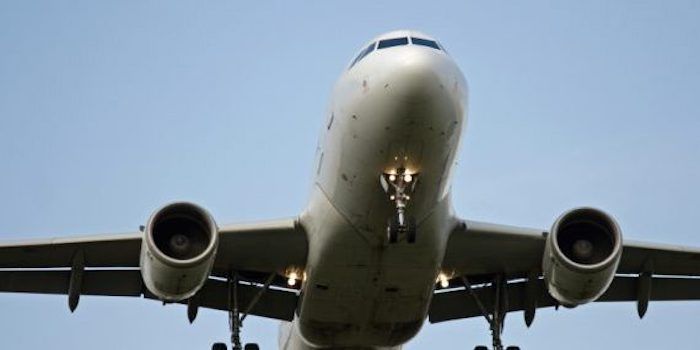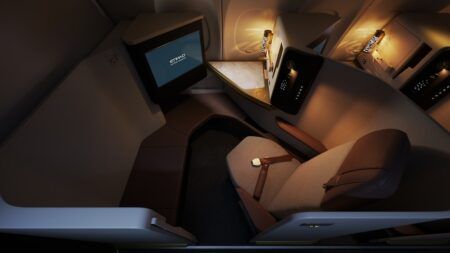Avolon, the international aircraft leasing company, has published a report that forecasts the global commercial passenger aviation fleet will almost double in number by 2042, growing 94% to reach 46,880 aircraft. The report states that this growth is underpinned by sustained growth in demand for air travel, building on the rapid recovery witnessed since the Covid-19 travel restrictions.
The fleet forecast, titled Return to Growth, includes an estimate that more than US$4 trillion will be required to finance the 44,300 new commercial aircraft expected to be delivered over the next 20 years, representing a considerable opportunity for lessors to partner with airlines to finance their growth ambitions.
The huge number of new aircraft joining international operators also represent a huge opportunity for the aircraft interiors sector, with suppliers of everything from seats to galleys, IFEC to cushions, fasteners to amenity kits, all in a strong position for continued growth.
Avolon forecasts that passenger demand will continue to rise by around 3.5% per annum from a 2019 base, but that the pace of expansion will be lower than the 5-6% of the previous 20 years due to the reduced potential for further deregulation which could drive growth, and the higher airfares caused by aircraft supply shortages and increasing sustainability levies. The biggest growth driver will be new middle-class consumers, particularly in India, South-East Asia and Latin America, says Avalon.
One challenge facing aviation is that of decoupling growth from environmental impact. Trillions of dollars of new investment will be required to fund the required transition to new-generation aircraft with lower emissions, ramping up the supply of sustainable aviation fuel, and exploring new aircraft designs that pioneer alternative energy sources. Aircraft lessors will play a key role in accelerating fleet renewal, and a growing industry will attract the capital required to hit aviation’s net-zero target by 2050.
Key takeaways from Avolon’s World Fleet Forecast include:
- The regions showing the biggest increase in travel between now and 2042 will be India (4.4%), China (3.7%), Asia (5.0%) and Latin America (4.9%). Mature markets such as North America (2.0%) and Europe (3.1%) will continue to grow, although at a more moderate rate.
- 44,300 new aircraft will be delivered over the period, and 21,600 aircraft will exit the passenger fleet through decommissioning at the end of their economic life or being converted into freighters.
- Growth of the narrowbody fleet (112%) will outpace widebody fleet growth (97%) as single-aisle aircraft are able to accommodate more passengers and can now undertake trans-continental flight routes. Regional jet (11%) and turboprop (36%) growth will be more modest.
- The global fleet will have transitioned to largely (95%) new-technology fuel-efficient aircraft by the end of 2042.
- Airbus is set to maintain its strong market position in the narrowbody segment, accounting for 58% of the global narrowbody fleet in 2042, compared to 53% currently.
- Boeing will maintain its 59% share leadership of the widebody segment, with the resumption of B787 deliveries being a key driver.
- The supply constraints currently being experienced will continue into the second half of the decade, increasing the value of booked production slots and aircraft that have already been delivered. Those airlines that have not secured sufficient capacity will rely on lessors for the supply of new and used aircraft.
“The human desire to connect with friends and family, and to do business remains undiminished, as shown by the post-pandemic recovery in air travel,” said Andy Cronin, CEO of Avolon. “Emerging markets and their growing middle class underpin our forecast for continued expansion of the global fleet. Near-term production constraints will remain a feature and will reward those who have secured their orderbook pipeline. The resilience aviation has shown, and its anticipated long-term growth trend, reaffirms the investment case for aircraft as an asset class.”
Jim Morrison, chief risk officer at Avolon and co-author of the report, added: “Whilst the pace of growth in demand for travel will moderate, increasing GDP per capita will drive the global fleet to nearly double by 2042. Delivering on sustainability commitments is an imperative to secure aviation’s continued growth. Fleet renewal, scaling sustainable aviation fuel production, and the development of transformational new aircraft designs will be capital intensive. Lessors will play a critical role in the industry’s future success and net-zero transition.”





